Using Races as Training Runs
What’s the point of entering a race if you’re not going to ‘race’ it? It’s a good point – travelling to and taking part in races can be expensive and time consuming. Why not just go out and run around by yourself if you’re not going to use the competitive field and chip timing to help test yourself and see what you can do?
There are quite a few reasons to do races without actually running full pelt to get the best time you’re capable of.
Running for fun
The most obvious reason is the enjoyment – a lot of people like running in a race environment with lots of other runners around them and a crowd offering cheers. It’s also the only chance you’d get to run around some cities free from traffic, which can be an appealing proposition.
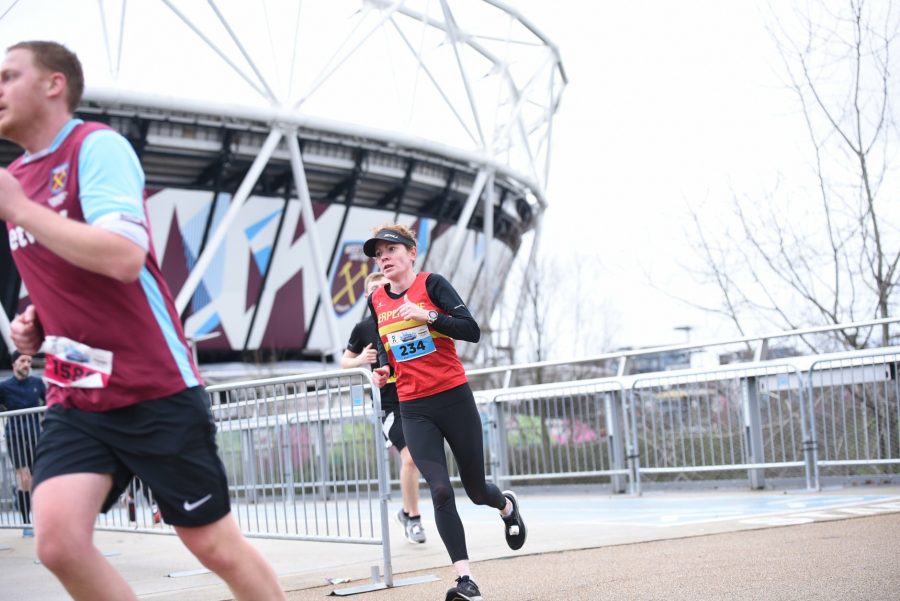
Running a race without the pressure of a time goal is a good way to train for the non-running aspects of racing. Each time you pin a number to your vest and line up at a start is a chance to practice your race day preparations for the times when the time does matter to you.
What will you eat for breakfast? How long beforehand will you eat it? What kit will you wear? It can all be tested.
On race day I go into autopilot mode, switching on the kettle, putting on my gear and eating and drinking a, by now, well-rehearsed combination.
Practice makes perfect
Everything from getting out of bed to standing at the start should become familiar and each time I go through that routine, it becomes more automatic leaving less room for error. It feels more comforting helping to eradicate pre-race nerves. Nerves are fuelled by unfamiliar situations, fear of forgetting something and fear of the unknown, so the more you race hopefully the less nervous and more confident you’ll become.
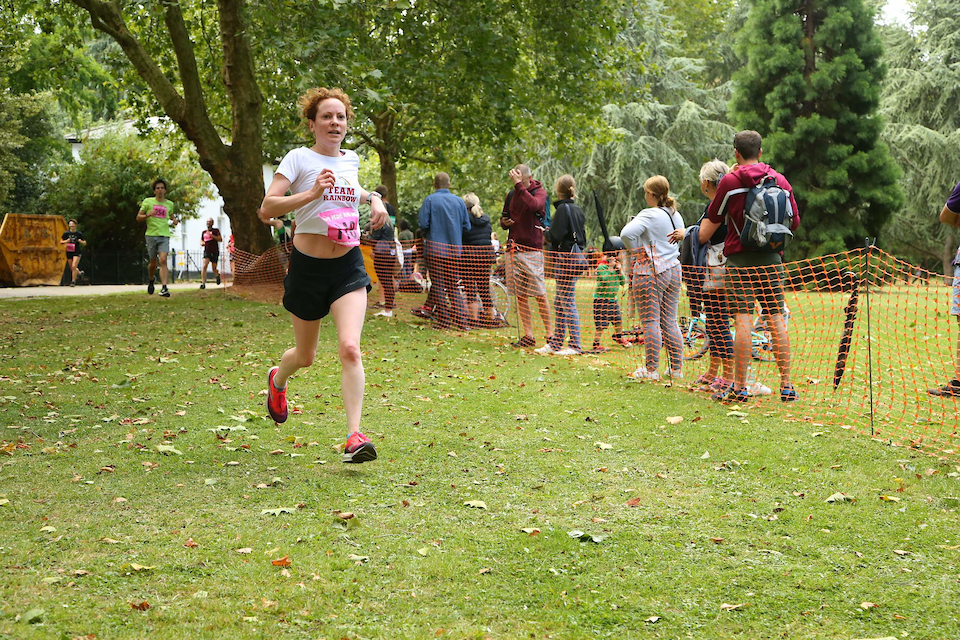
118
It’s not just a case of practicing what you do in the hours before your start, but what you do on the course too. If you’ve never run with hundreds of other competitors around you it can be a claustrophobic experience that first time. There’s lots to be learnt, including practicing your pacing when over-enthusiastic runners around you are darting off at the start and those who positioned too far forward are now making you run round them.
What will you eat during a race? How do you drink from a paper cup while running – and more importantly – how do you avoid trips and falls when runners are darting in front of you to grab a drink and then dropping their bottle on the ground? How too will you deal with the unexpected or the unfortunate?
Tech rehearsal
GPS watches and mile markers can’t always be trusted, and the more you race the more you’ll come to realise this. At Frankfurt marathon, the tall buildings interfered with mine and Liz’s watches and converting the KM markers into miles to figure out our pace was too much of a puzzle. So instead we relied on our legs to tell us that we were doing 9 minute miles the whole way and they proved bang on.
If you’re incorporating races into your training, there are two more important goals you need to set yourself: don’t get injured and don’t leave your legs too tired to train the following week. Because if they’re part of your training it’s important that they help rather than hinder your progress towards your goal race.
Pic credit: Simon Lamb
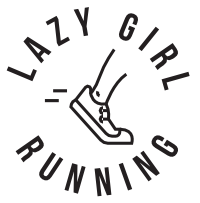

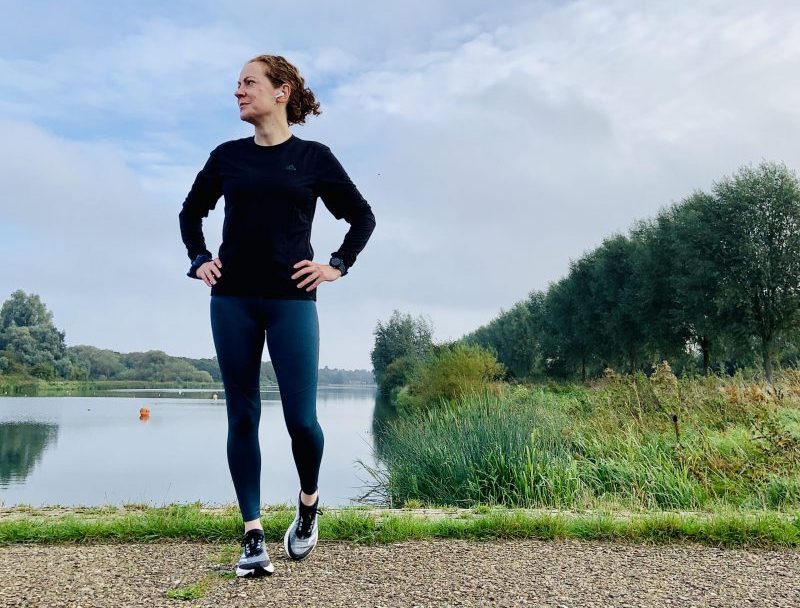

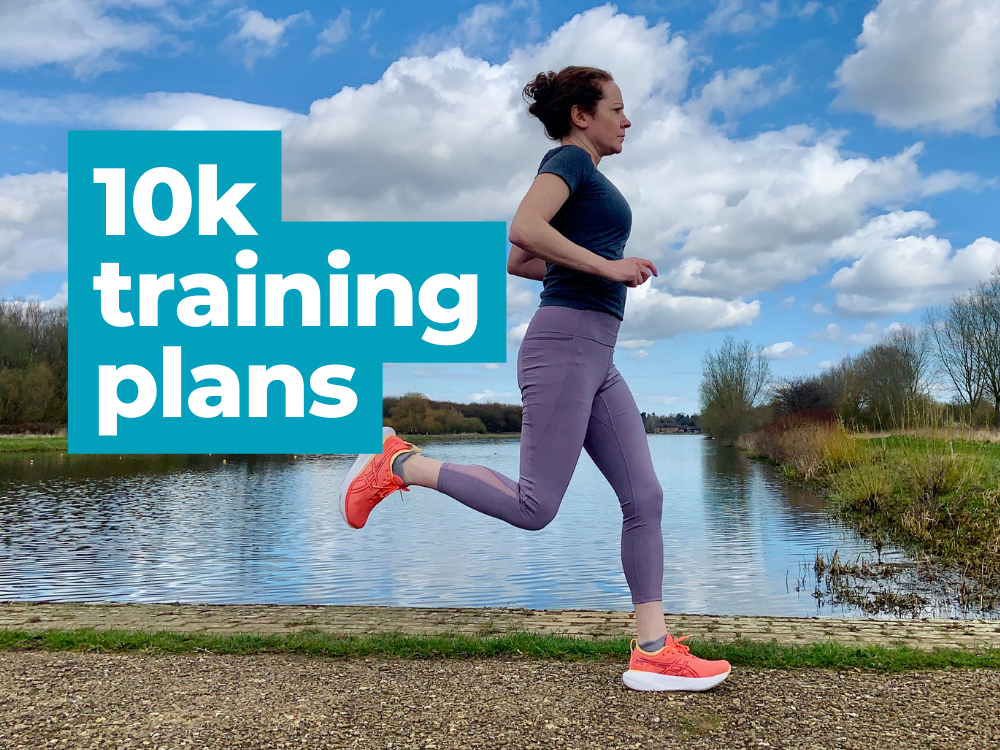
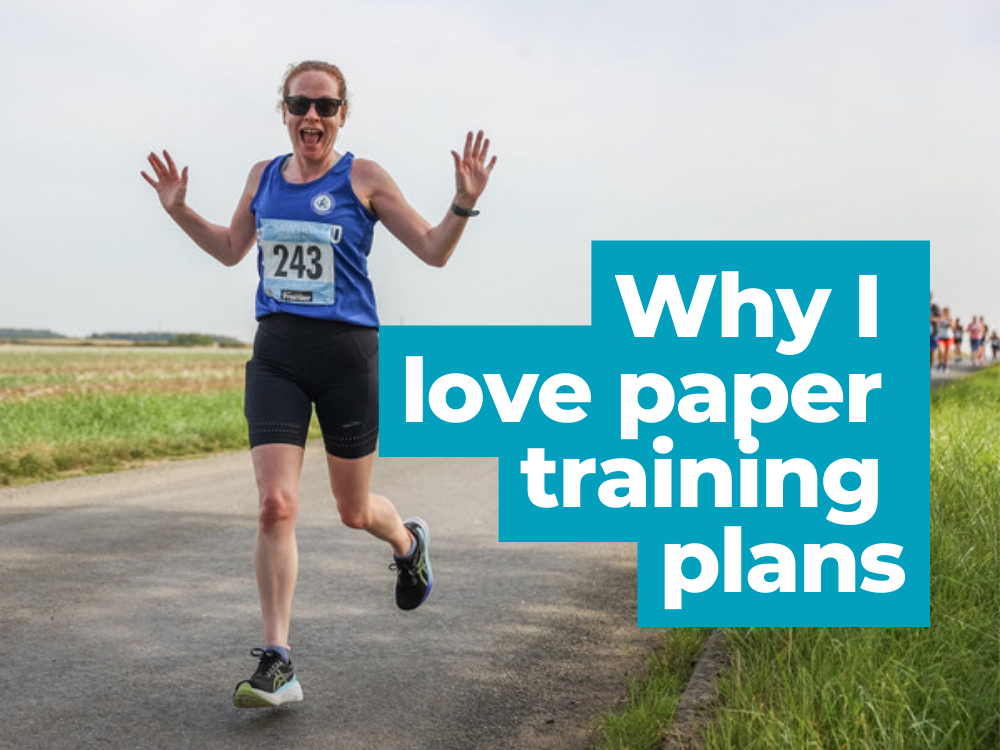
Interesting thoughts, I think if you’re going to treat races this way then discipline is essential as your last sentence mentions. I’ve no doubt an awful lot of people go into the race with the right objective and then end up smashing themselves because they forget them.
I use races for training runs to boost my confidence and motivation during my training. I love the race atmosphere and seeing a lot of other runners. It is difficult to hold back, but I try to find a group going at my goal pace, and have them pace me.
I ran Silverstone half marathon in 2012, a few months before my first marathon and I’m very glad I did. Although I’d run several races in the six months I’d been running there were never more than a few hundred others on the start line alongside me. Running Silverstone gave me a chance to experience what it was like setting off with thousands of others and give me an idea of just how crammed in I would be on marathon day itself.
I ran a 10k a few weeks ago for a change of scenery and company. Even if they don’t say a word, runners during a race are supportive and friendly – just what I needed for my first 10 mile (after adding miles before and after) training run.
I like this, I think using races as training runs is a really good way to control the controllables for a big target race. Good luck for London and 3:30!
enjoyed the read, as always.
I have been searching for great tips for race prep and love your approach to prepping with other races! I am so happy to have come across your blog and am newly inspired 🙂